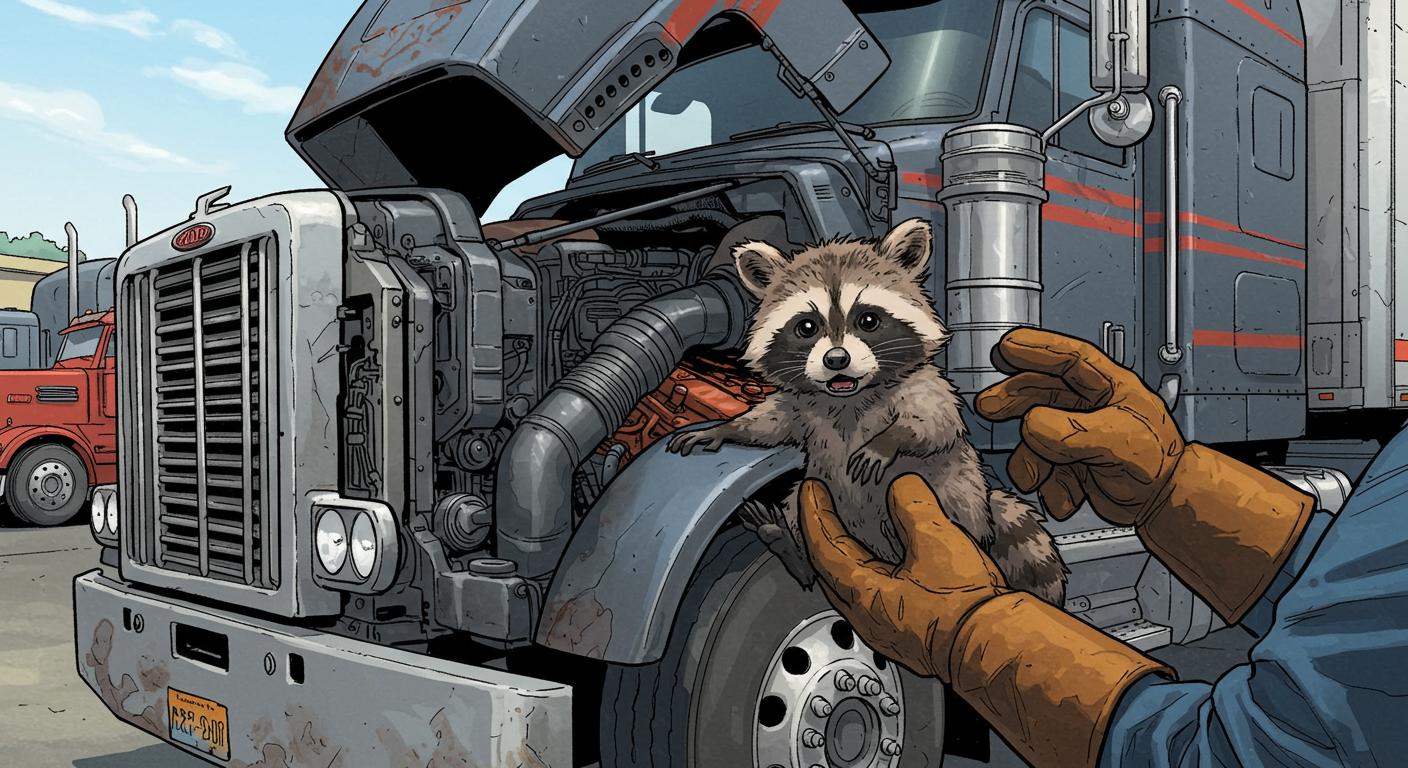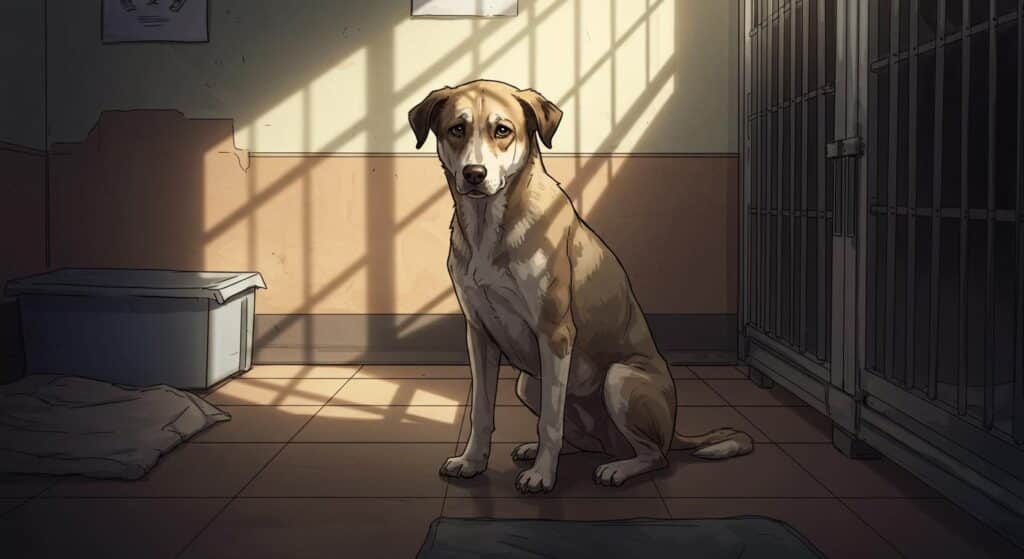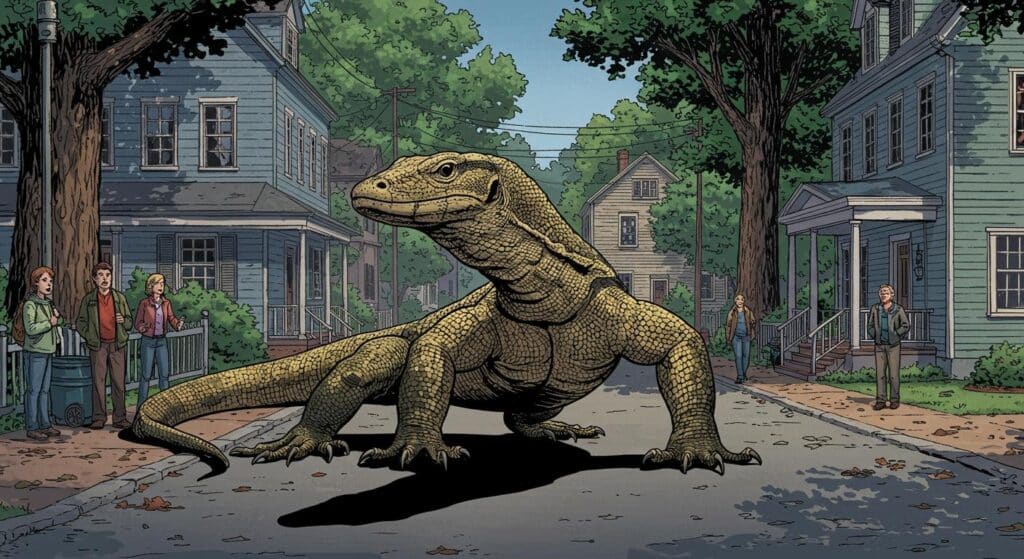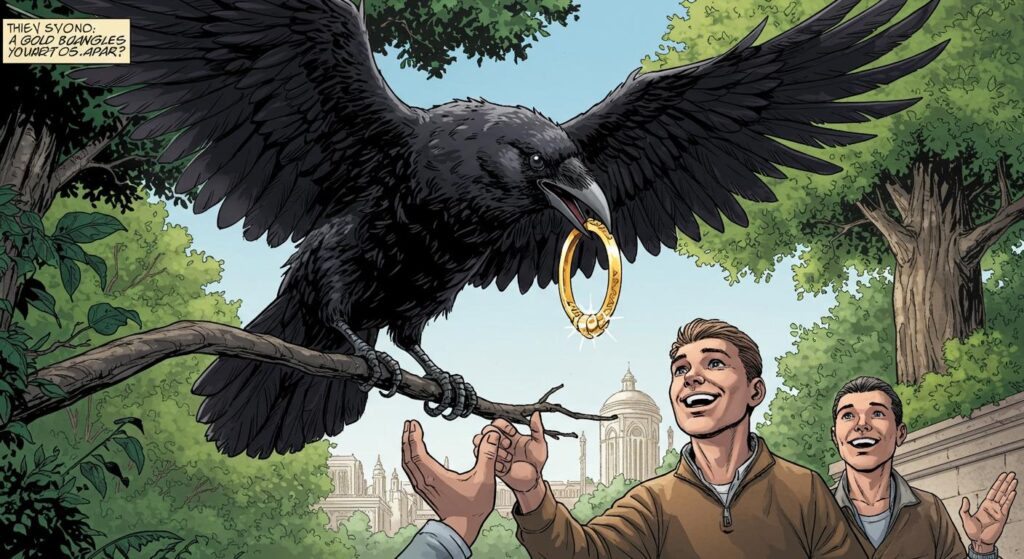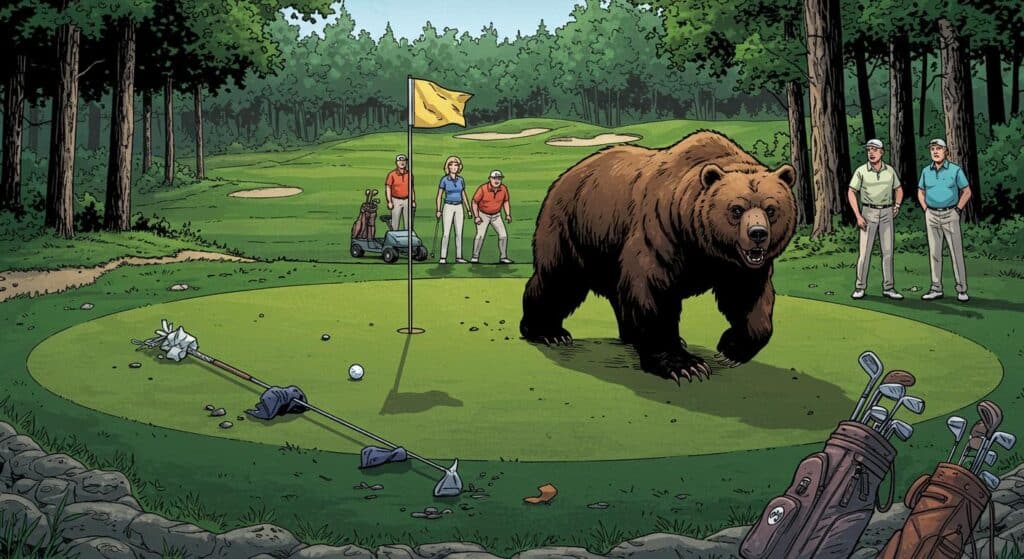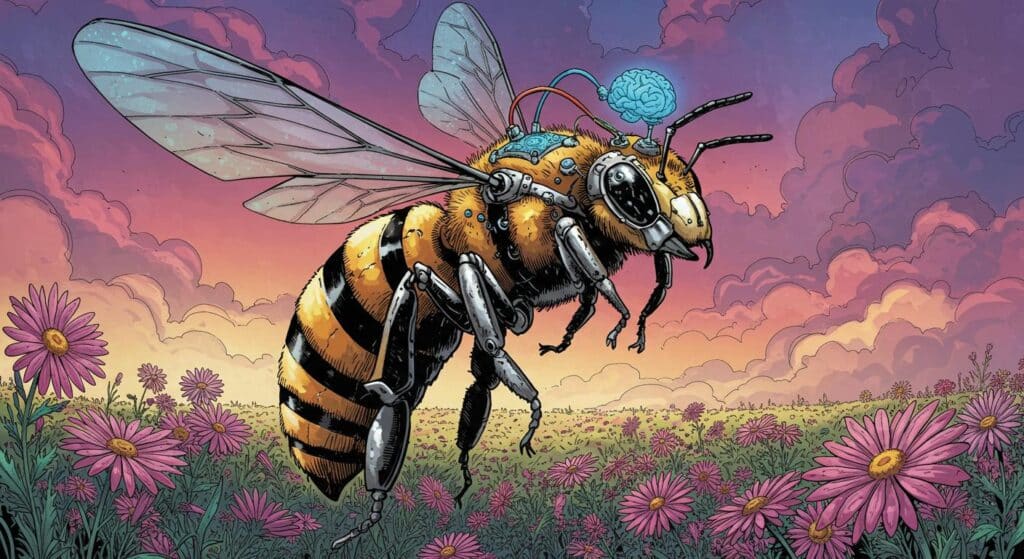Sometimes the most comfortable spots are also the least expected—or, in this case, mechanically inadvisable. UPI reports that a baby raccoon in Arapahoe County, Colorado, created a bit of a stir after it was discovered dozing inside the engine compartment of a semi-truck. Evidently, “sleeping under the hood” has expanded to new species, and none seem terribly interested in the truck’s warranty.
The Art of Engine-Side Lounging
Details documented in the Denver Post reveal that this rescue took place at precisely 10:30 a.m. on Tuesday, July 15. According to sheriff’s officials cited by the outlet, the raccoon was found nestled in the engine compartment of a tractor-trailer, seeming entirely at home and blissfully unaware that most mammals (truck drivers included) choose their beds with less risk of crankcase oil.
Photographs posted by the sheriff’s office and reviewed by the Denver Post show the little creature huddled up in what could only be called “prime real estate,” at least from a raccoon’s perspective. The animal, described in the sheriff’s remarks as “sleeping (these guys are nocturnal),” was, understandably, not delighted about being roused. The post highlighted the raccoon’s apparent reluctance, noting it “wasn’t exactly happy about being woken up,” but with some gentle prodding—and eventually grabbing onto the catch pole—it was pulled out safely, unharmed, and likely only moderately annoyed.
Once the unexpected engine occupant was freed, Denver Post notes, officers released the raccoon back into its natural habitat, which presumably does not include further commercial trucking infrastructure. Was it dreaming of open dumpsters or just the low rumble of a diesel engine? There’s no photographic evidence of a raccoon-sized map, but one has to wonder about the route planning here.
Call of the Wild (and Occasionally, the Highway)
Context provided by both UPI and the Denver Post emphasizes that this case is part of a busy season for the newly responsible animal services division in Arapahoe County. Since June 21, when the sheriff’s office assumed control over animal services, officers have responded to more than 100 incidents involving everything from standard-issue dogs and cats to rabbits, foxes, snakes, and—evidently—not just one, but multiple raccoons.
The sheriff’s social media post, referenced by UPI, mentions that their officers have a wide-ranging portfolio: one could suppose that locating a sleepy raccoon in a semi’s engine compartment might have stood out, but in this jurisdiction, perhaps not by much. Is there a protocol sheet for this sort of rescue, or is it just another box checked on what is already sounding like an unusually varied to-do list?
Engine compartments have, for years, been popular with small animals seeking warmth and shelter. UPI underscores that this particular raccoon’s story ended well only because an attentive human noticed something was amiss before starting the vehicle. How many other creatures start a morning nap only to find themselves hitchhiking to parts unknown? Do officers get briefed on local wildlife’s apparent fondness for heavy machinery, or does each case reset the bar for “you’ll never believe this one”?
Earlier in its report, the Denver Post also points out that the animal, after its reluctant wake-up, was seen clinging to the catch pole used for the removal—an act perhaps less about gratitude and more about bracing for whatever new chaos daylight might bring.
A Brief Interlude on Odd Animal Escapades
UPI adds some perspective by listing other recent animal misadventures: a raccoon rescued after getting its head stuck in a soup can in Little Rock, an escaped water monitor lizard stirring up a Massachusetts neighborhood, and a “python” in a London fish and chip shop that turned out to be an overly ambitious corn snake. It seems wildlife regularly interacts—and occasionally collides—with the machinery of human life, sometimes with rescue stories just peculiar enough to seem scripted.
What draws animals to these situations? Are engine blocks the new tree hollows? Human adaptation is often lauded, but scenes like this suggest raccoons have us matched. If you’re taking bets on the next impromptu rescue, consider anything with four wheels and a parked ignition fair game.
Closing the Hood
So, after a morning that involved a nap, an abrupt extraction, and a quick return to nature, the raccoon no doubt scored itself a decent story—assuming raccoons trade in that sort of thing. The semi-truck is raccoon-free, the officers get another unusual chapter for their records, and Arapahoe residents perhaps check their vehicles a bit more often for clever, somnolent stowaways.
Ultimately, these moments are little collisions between the planned and the unexpected, where wildlife adapts faster than any municipal handbook. Who’s more surprised at the end of the day: the baby raccoon, the trucker, or the responding officer? Hard to say, but as long as everyone gets home safely—and maybe catches up on lost sleep—it counts as a small victory for coexistence and improvisation.

